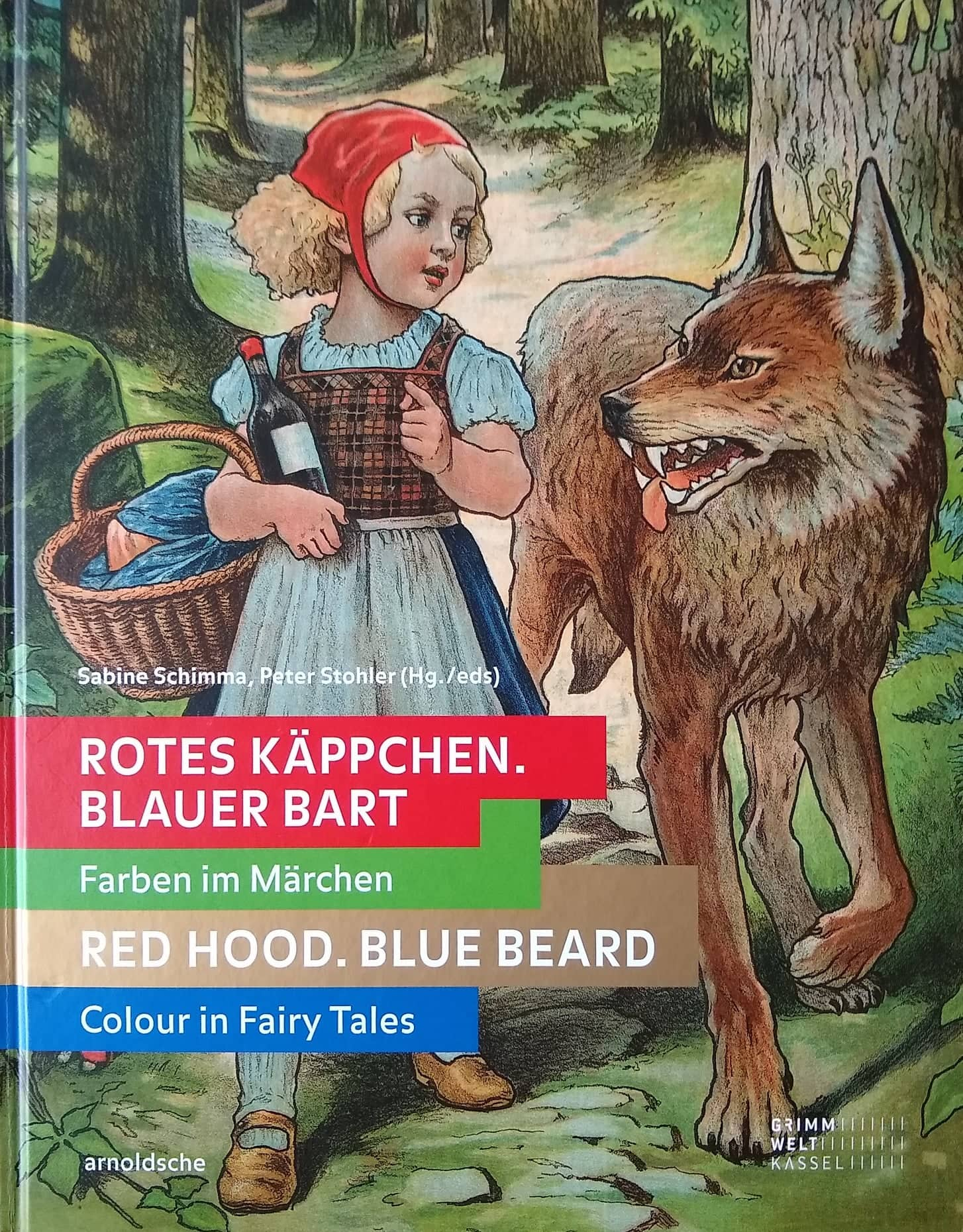by Sabine Schimma. The fourth chapter in:
Rotes Käppchen. Blauer Bart – Farben im Märchen. Red Hood. Blue Beard – Colour in Fairy Tales
© 2019 arnoldsche Art Publishers, Stuttgart, editors/authors, translator. ISBN: 978-3-89790-573-3 
(footnotes – references – removed)
Green is the omnipresent colour of nature and its rhythms, of growth and of becoming. It symbolises life and hope of renewal. In the days of courtly love it was deemed the colour of incipient ardour and of those hoping for love. Today, still, in Germany, the green side is the side of the heart on which a cherished person may take a seat. In Islam, green – the favourite colour of the prophet Mohammed – is the holiest colour; in Christianity, it is correlated with the Holy Spirit. However, green is interpreted negatively in folk tales, as the colour of dragons and demons. In ancient myths, the dragon was still portrayed positively, because it was associated with life-giving water and the flourishing oasis. That changed with the spread of Christianity: demons and dragons were now given a green skin or green eyes. They were suspected of rampant sexuality, which was regarded as something to be combated.
Green is rarely mentioned in fairy tales. The reason for this is surely to be sought in the fact that this colour can be seen everywhere: in gardens, in meadows and particularly in the dark forest. In the latter, fairy-tale heroes – such as Hänsel and Gretel (GFT 15), Brother and Sister (GFT 11) or the king’s son in Iron Hans (GFT 136) – confront their tasks in order to reach a new stage in their development. Moreover, description of certain places, clothes and other objects calls on readers’ and listeners’ imagination in picturing this colour for themselves.
In two fairy tales, the imagined green in connection with the hazel twig is significant for the continuing plot. In The Hazel-Branch (GFT, Children’s Legend 10) it keeps adders and snakes away from Mary, Mother of God; green thus acquires a protective function. In the fairy tale Cinderella (GFT 21), a hazel twig brushes against the father’s hat on a journey (Fig. 1). Cinderella plants it on her mother’s grave. The twig grows into a beautiful tree. It therewith becomes not only a symbol of vegetative life, but also an elementary precondition for Cinderella’s new existence. Only this tree with its magical powers can dispense gorgeous dresses for the prince’s ball, dropped down to her by a little white bird. The protagonist in The Frog-King, or Iron Henry (GFT 1) is likewise green in most imaginations. (… …)
(…) (…)
(…) (…)
Next in the book comes the interview with Sabine Lutkat – and the colour after that is Blue: poppy for more:![]()
(Click here to go back to the beginning of the Red Hood. Blue Beard extracts.)
